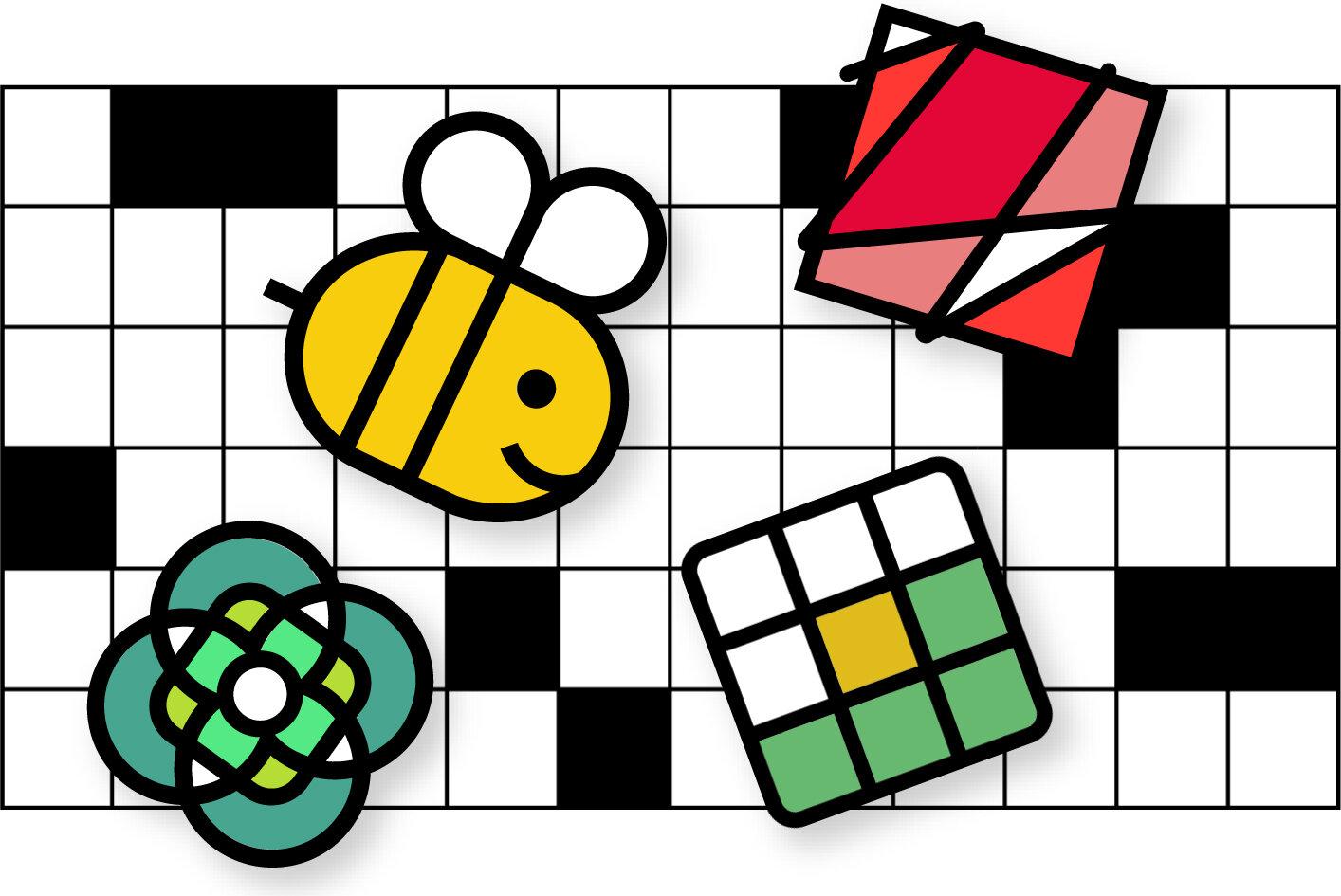I don’t really play many ‘games.’
At least in the sense of video games, my Xbox’s primary use as of late is to stream the seventh and final season of “The West Wing.”
However, through the introduction from friends I’ve recently started playing a game called Connections, which is part of the games section of the New York Times website. It didn’t take long to get hooked, and to start looking for other games the service offered. One thing led to another, and after paying for a subscription to access the entire library (what can I say, it was a good deal), the NYT Games section has become my new hobby, possibly even bordering on obsession.
Each day, a team of dedicated editors publish a new slate of puzzles meant to challenge and confound those who attempt to solve them. Here are some of my favorites:
Connections is a matching game where you are given four groups of four words each, which all have a unique connection to one another. It could be that they are all synonyms of one another, they can all be used to describe the same thing, whatever it may be – the catch is that the solver needs to decipher what the connection is. You have four guesses to try and solve each connection before the game eventually reveals the answer to you, which can feel defeating at times, but it makes getting all connections right feel that much better.
We all know Wordle: it was the game that exploded in popularity during the pandemic, before NYT bought it for a number ‘in the low seven figures’ according to gamespot.com. Luckily, the game is still just as charming as it was when we were all socially distanced three years ago. The premise is an easy one: a five letter word is randomly chosen, and the user has six guesses to try and figure out which word it is. Along the way, letters can be ruled out if they appear as a gray box when submitted as a word. However, letters with a yellow box are part of the correct word, just not in the right spot, while letters in a green box are both correct letters and in the right spot. Many people swear by certain ‘foolproof’ strategies they use, like which word they like to start their guesses with. If you approach ten people on the street and ask them what their starting word is for Wordle, you’ll probably get ten different responses. It really just depends on personal preference, but either way it’s a fun game to play.
The object of Spelling Bee is simple: create as many words as you can with the letters provided. Six letters form a circle around a seventh that has emphasized importance, being that every word created must include that center letter in order to count. Formed words earn a certain amount of points, with more points being earned for including more letters in a word. Earning more points will move you up a set of levels for that day, each based on the percentage of possible points one can earn from the puzzle, ranging from ‘Beginner’, and moving all the way up to the coveted ‘Genius’ level. Occasionally, there is an opportunity to score a ‘panagram’ word, which means using every letter in the puzzle at least once in the same word. These are worth a lot of points, so definitely look for those to help boost your score!
Letterboxed is one of the trickier puzzles offered: You are given a square box with letters bordering the outside, with the object being to use every letter at least once in the words you create. The catch is you cannot use two letters next to each other, they can only connect to a letter that is on another side of the box. While you have an unlimited number of tries to get all the letters used, the puzzle will give you a number of solves to try and match or beat for that specific day. Being able to solve a Letterboxed without having to look up words that fit is a crowning accomplishment of my day.
The Mini is the miniature version of the coveted NYT Crossword. The same principle applies: clues are given in either ‘across’ or ‘down’ formats, and you have to guess words that will interlock with one another to form other words or phrases in the puzzle. What I like the most about the Mini is the fact that it is timed, which adds a sense of urgency to solving. As a subscriber, I am also able to create a leaderboard that I have invited my friends to join, allowing us to compete against each other for the fastest solve times each day.
The games section of the New York Times has given me a lot of fun moments these last few weeks since I’ve jumped into its sprawling archive of word puzzles. It’s been a great way to expand my personal vocabulary, while also getting in some healthy competition with friends and family. On that note, it’s time to do today’s Mini Crossword.

